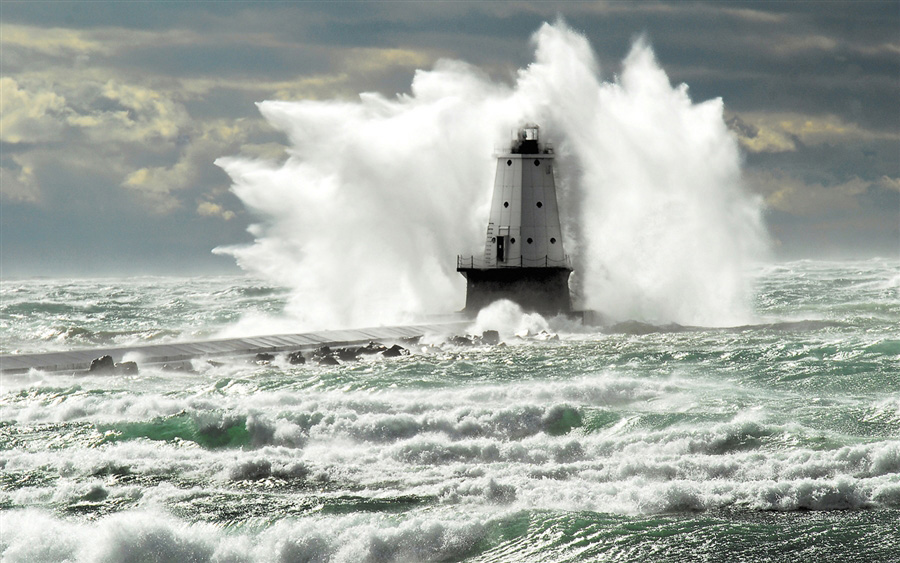Catch a Wave on Lake Superior
As a meteorologist on TV, I'm pretty used to people asking me for advice in the form of a personal forecast. "Is it really going to rain this weekend?" and "will it be a bad winter?" are pretty common questions; this question was delightfully unusual, though:
"We've wanted to go experience the Gales of November for years. Now we are retired, but wondered - when to go? My question: what conditions will indicate a storm is coming - one that will result in great waves to look at in the Duluth/Two Harbors area? Winds of what intensity coming from which direction?"
- Barbara, Wyoming, MN
Gordon Lightfoot gave the "Gales of November" their catchy name in a song, but large waves can be produced any time of year on the Great Lakes; however, it is true that the types of storms that set the big waves into motion form most often during the fall and winter.
WHAT TO LOOK FOR
If you want to see or photograph big waves on the lake, and you're traveling from any distance, the first thing to check is the ice-cover situation; even Lake Superior freezes over in the shallows near the shore some years. The Great Lakes Environmental Research Lab tracks current ice conditions on the Great Lakes, as well as the historical ice cover. As of mid-December 2017, ice cover on Lake Superior is 1.1%, with all of that being found on the northern shore of the lake; it's open for business!
Water depth (called bathymetry) and shoreline shape impact wave formation, but wind speed and direction play the largest role in determining where and when the biggest waves form. Big waves are produced when the wind direction is lined up along the long axis of the lake and perpendicular to the shoreline. This configuration results in a long “fetch,” maximizing the distance the wind has to act on the water.
For the Duluth area to get big waves a northeasterly or easterly wind is best; for the North Shore, an easterly to southeasterly wind is best. There's no set minimum wind speed that produces large waves, though I wouldn't bother looking for them if the sustained winds are less than 20 mph, or the gusts are less than 30 mph. In any case, the higher the wind speed, the bigger the waves.
Online Resources
If you want to take the guess work out of forecasting wave heights, the Great Lakes Coastal Forecast System publishes an hourly wave-height forecast online. It's tied to the National Weather Service's forecast wind speed and direction, and is updated multiple times per day.
Oh, and, did you know that a group of dedicated surfers regularly ride the waves on Lake Superior? WCCO photographer Tom Aviles profiled them in this story from March 2013.

